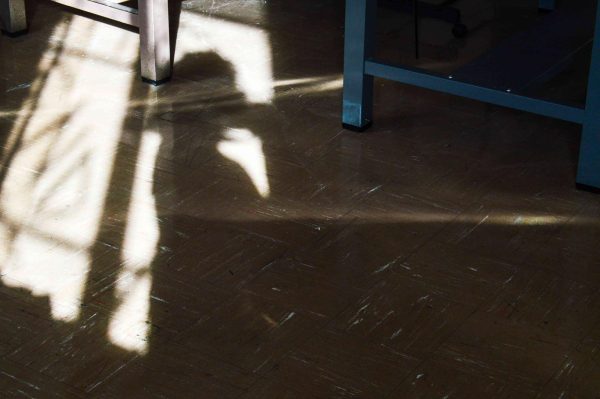Tips for students who procrastinate

One of the most common obstacles that the procrastinator faces is the initial starting of a task. That first step can oftentimes seem monstrous, but does it have to be? We tend to view the starting of a task as a monumental action, a jump from a cliff. This impression can lead to fear and anxiety which, in turn, can lead to actively not thinking about whatever we have to do. The best way to combat this problem, ironically, comprises a small philosophy: start thinking about it.
Specifically, start thinking of the first action that must be undertaken. Think of the action that will begin the process. For example, if one has a heavy box to lift, refrain from looking at the big picture, such as how much it weighs and how far one must carry it. When one thinks of the first step, they will think of how they would go about executing that step and how to perhaps even prepare for the first step.
For example, if one prepares to lift a heavy box, they might think about where to grab it, and then would soon find themselves stooped down and feeling around for a handhold, and then almost without realizing it, they are attempting to lift said object. Eventually, the thought process and curiosity will lead one to take the first step, almost without realizing it.
Once one has taken the first step, the second will come naturally, as will the third, and, eventually, everything will fall into place. Now, one finds themselves in the thick of a task. However, the procrastinator can often find themselves working and still have trouble.
Once working, there are still pitfalls and traps. One such obstacle is over-rewarding. Perhaps, in the process of writing a paper, a person finds their eyes getting tired and thus will opt for a break. This is dangerous territory because our propensity for giving ourselves another minute or another episode of a TV show rivals that of Odyseus’s men wanting another lotus.
We often find ourselves consumed in whatever our breaks consist of and then fall back into not thinking about what it is we have to do. However, we cannot shake the feeling that we have something to do, and this cheapens our enjoyment of our break. So, to resolve this issue, one only needs to keep thinking of what he or she will do after the break.
The very act of thinking will invariably keep one on task and oriented on what to do next, but it is important to not get overwhelmed in thinking too far ahead. The idiom, “eating an elephant one bite at a time,” may not work for some people, as it still includes the monumental task of consuming the largest land mammal. It is important to zoom in and focus on eating bites of the elephant and trust oneself, on an almost subconscious level, to know what the larger task is without getting overwhelmed about the size of the task.
However, for all of this to work, it is important to focus on the task at hand, not to worry about what is coming next. We often can get bogged down looking at that to-do list, but we have to remember that the list is created so that we only have to focus on one task at a time, and then, we will find ourselves crossing off tasks faster than we expected.











